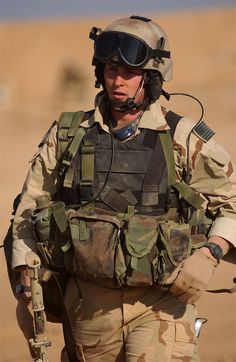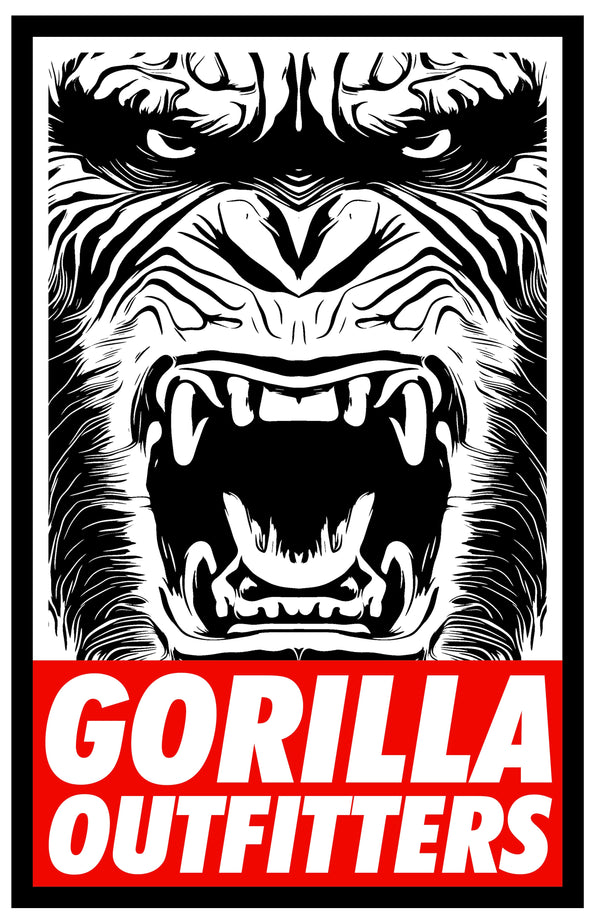
Beyond the Dunes: How Desert Tri-Color Camouflage Revolutionized Warfare
Share
Beyond the Dunes: How Desert Tri-Color Camouflage Revolutionized Warfare
In the annals of military history, few innovations have had such a profound impact as the development of desert tri-color camouflage. This groundbreaking pattern, characterized by its blend of earthy tones, not only transformed the landscape of modern warfare but also became synonymous with adaptability and stealth. Today, we delve into the origins, evolution, and enduring significance of desert tri-color camouflage, exploring how it revolutionized the art of combat.
Origins of Desert Tri-Color Camouflage
The genesis of desert tri-color camouflage can be traced back to the need for effective concealment in arid environments. As military operations increasingly shifted to regions characterized by vast expanses of sand and rocky terrain, traditional camouflage patterns proved inadequate. In response to this challenge, military researchers and designers set out to develop a pattern specifically tailored to the unique demands of desert warfare.
Evolution of Desert Tri-Color Camouflage
Since its introduction, desert tri-color camouflage has undergone several iterations and refinements, each aimed at enhancing its effectiveness in varying desert environments. From the rugged terrain of the Arabian Peninsula to the sandy expanses of the Sahara, military forces around the world have relied on desert tri-color camouflage to stay hidden from enemy eyes.
The Legacy of Desert Tri-Color Camouflage
Beyond its immediate tactical advantages, desert tri-color camouflage has left an indelible mark on the history of warfare. Its widespread adoption by military forces around the world speaks to its effectiveness in providing concealment and protection in desert environments. Moreover, the legacy of desert tri-color camouflage extends beyond the battlefield, influencing everything from fashion to outdoor recreation.
Today, desert tri-color camouflage remains a sought-after pattern among collectors and enthusiasts of military surplus. The rugged appeal of BDU jackets and other garments featuring this iconic pattern continues to captivate individuals seeking both style and functionality. Whether worn as a fashion statement or for practical purposes in outdoor activities, desert tri-color camouflage remains a symbol of resilience and adaptability.
In conclusion, the evolution of desert tri-color camouflage stands as a testament to the ingenuity and resourcefulness of military forces faced with the challenges of warfare in arid environments. From its humble beginnings as a solution to the need for effective concealment in desert terrain to its enduring legacy as an iconic pattern in military apparel, desert tri-color camouflage has truly revolutionized warfare. As we look beyond the dunes, we recognize the lasting impact of this innovative pattern on the history of combat.
